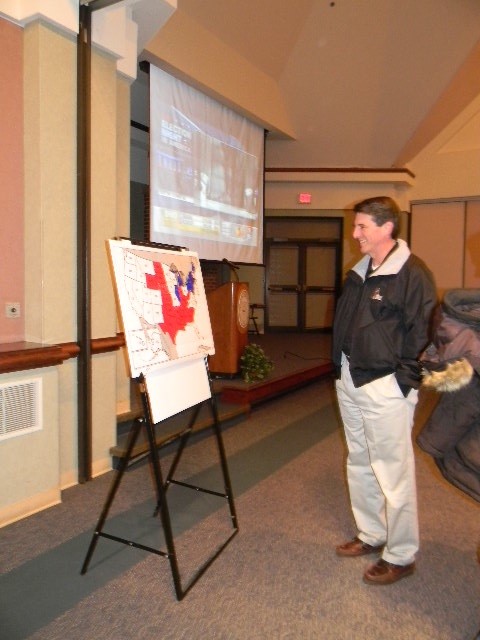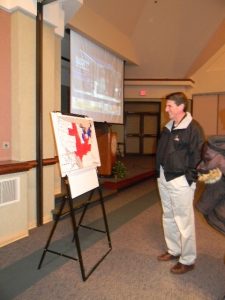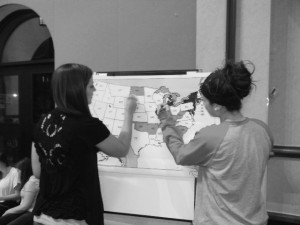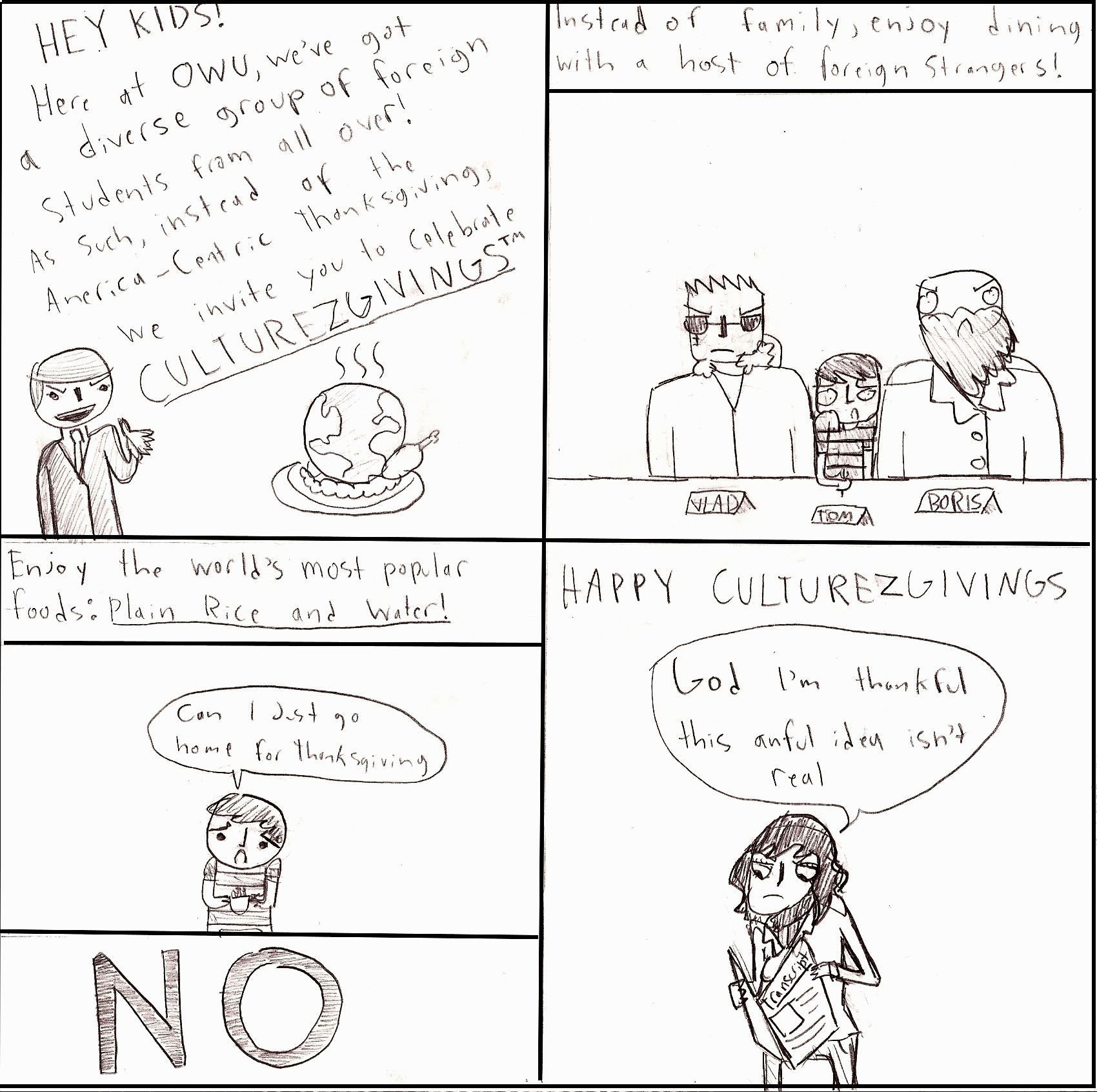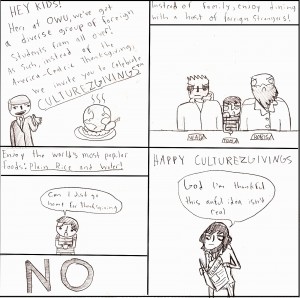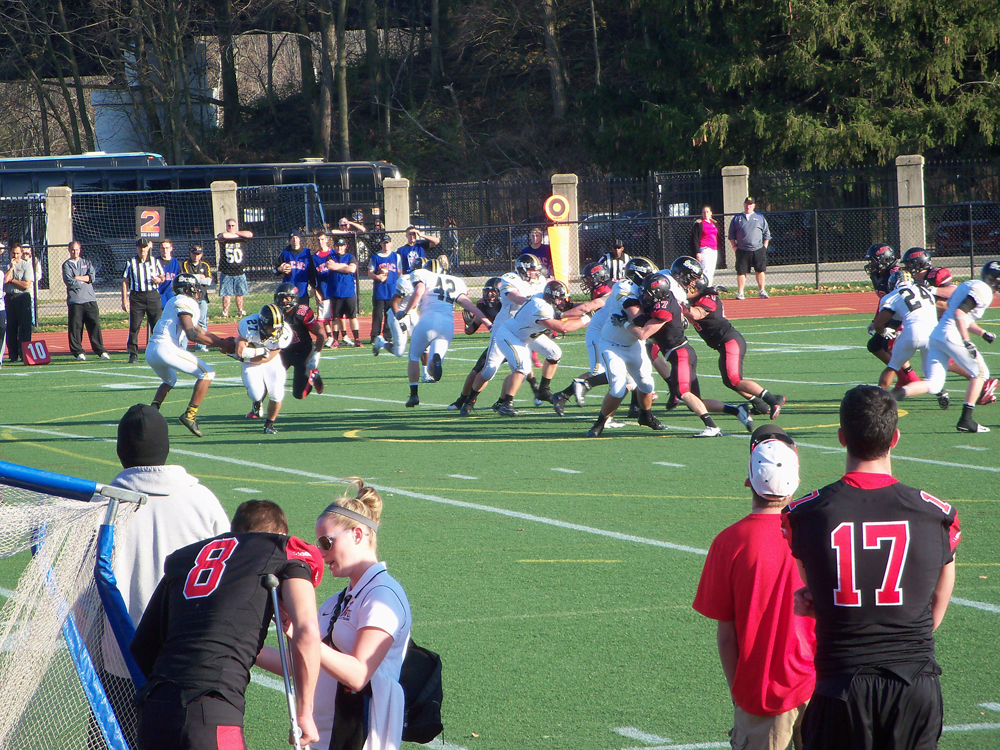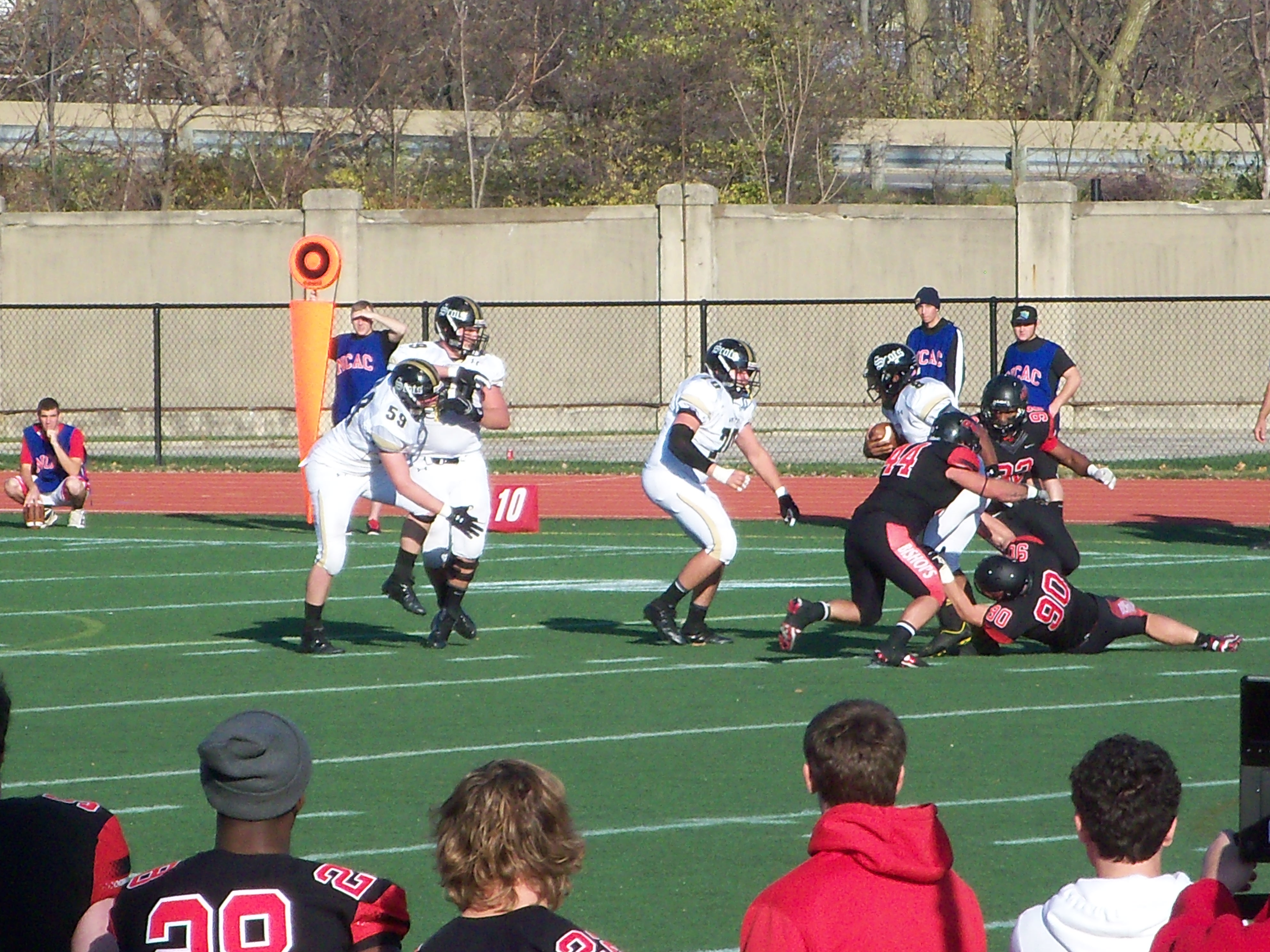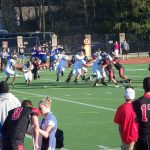By Jenna Rodcay
Transcript Reporter
Though Ohio Wesleyan did not experience severe effects from Hurricane Sandy, the Critical Incident Response Team (CIRT) met to make preparations in case of the worst.
According to the introduction of the CIRP, the plan “provides a framework to guide coverage, response and notification procedures for any crisis our campus may encounter.
“The plan addresses topics such as: types and levels of critical incidents, composition and responsibilities of the (CIRP), recommended responses to various critical incidents, notification and reporting procedures (and) evacuation and relocation procedures.”
It also outlines the types of critical incidents that may occur, including fire, bomb threats, biological hazards, severe weather and medical emergencies.
According to Craig Ullom, vice president for student affairs, the CIRP gives thought to how the university would come together and respond if an incident occurs.
The CIRT has 12 primary members, and 14 additional members.
“(These members) are called depending on the nature of the critical incident,” Ullom said.
These members include OWU offices and personnel, such as Rock Jones, Public Safety, Residential Life, the Chaplain’s Office, Counseling Services, the Student Health Center and Buildings and Grounds and organizations in Delaware, such as the Delaware Fire and Police Departments and the Delaware County Emergency Management Team (EMA).
Bob Wood, director of Public Safety, said there is a strong working relationship between the university and the Delaware community, which is what will help make the plan useful in the case that a real tragedy should strike.
“We know resources, we know who to call,” Wood said. “We all work together.”
The CIRP was developed in 2006 when Wood came to OWU.
Wood created his first CIRP nearly 25 years before he came to OWU, while working at the Ohio State University, and played a large role in the creation of the CIRP.
He said the dean at the time left the development of the CIRP to Public Safety and Residential Life.
So Wood and Wendy Piper, assistant dean of Student Affairs and director of Residential Life, were the early developers and co-authors of the plan.
“We looked at a number of plans and developed our (CIRP) based on the models we found,” Wood said.
Wood said the CIRP has been changed and modified over the years but the main purpose of the plan is bringing together members of the CIRT to address incidents.
“Things happen so fast that we don’t always have time to convene,” Wood said. “So we talk on the phone and (delegate) people to where they need to go.”
Wood said it is important to note the plan doesn’t give the option to flip to a page and read exactly what to do.
Rather, it provides an exampl, and the protocol should be adjusted to the situation at hand.
He said one of the more serious concerns in this area is severe weather storms, especially in the winter.
Aside from the safety hazards they cause, storms have the ability to knock out the power and restrict travel—leaving students without heat and unable to leave or receive emergency help.
Ullom said the power poses several problems; such as how to get into buildings without swipe access and how to maintain fire safety without alarms.
The campus has five emergency generators located in the R..W. Corns Builiding, the Hamilton Williams Campus Center, the Powerhouse, the Schimmel/Conrades Science Center and Smith Hall.
The university is also high on the priority list for power restoration, behind Grady Memorial Hospital, the Delaware police and fire departments and local nursing homes.
Ullom said after each incident the CIRT meets to debrief and decide if the response to the incident was appropriate.
The CIRT then uses these past incidents as starting points when incidents occur in the future and to help educate the campus about how to react in the future.
“The little things are easy to forget,” he said.
An example of the CIRT coming together to respond to an incident is the fire that occurred in the Delta Tau Delta (Delt) house last month.
Team members came from Residential Life, Greek Life, the Delaware Fire Department, the fraternity housing corporation and Buildings and Grounds to make sure that everything was being handled properly.
The groups worked to make sure students were safe and able to be relocated.
According to Ullom, Residential Life, the Delaware Fire Department, and the members of Delta Taut Delta and Sigma Chi, are creating a fire safety awareness brochure to help students stay aware and cautious.
The campus offers several other ways for students to stay prepared for crises, such as the Rape Aggressive Defense program (RAD), Active Shooter Training and the Staying on the Right Side of the Law program, which is mandatory for incoming freshman.
“(The CIRT) works towards the best option in things (they) wish (they) never have to deal with,” Ullom said.
